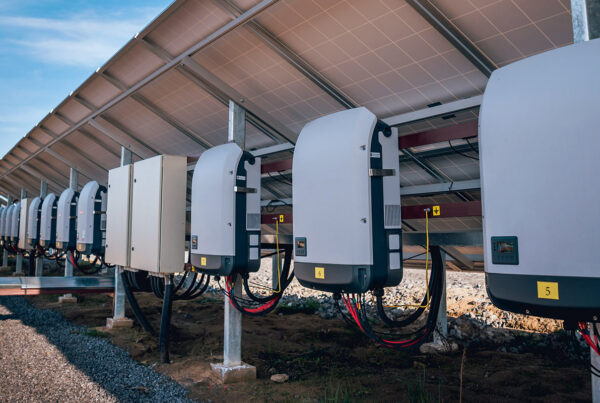Net zero is a term that is becoming increasingly popular in discussions about climate change and sustainability. Net zero refers to the state in which an entity’s greenhouse gas (GHG) emissions are balanced by the removal of an equivalent amount of GHG emissions from the atmosphere. This is achieved through a combination of reducing emissions and increasing carbon removal or offsetting. In this blog post, we’ll explore the concept of net zero, why it’s important, and what steps can be taken to achieve it.
Why is net zero important?
Climate change is one of the most pressing issues of our time, and reducing greenhouse gas emissions is essential to addressing this challenge. Net zero is important because it represents a target that can help guide efforts to reduce emissions and achieve a more sustainable future. By striving for net zero, we can aim to stabilize the concentration of greenhouse gases in the atmosphere and limit the impacts of climate change.
What steps can be taken to achieve net zero?
Achieving net zero requires a combination of reducing emissions and increasing carbon removal or offsetting. Here are some examples of steps that can be taken to achieve net zero:
- Reducing emissions: One of the most important steps to achieving net zero is reducing emissions. This can be achieved through a variety of strategies, such as using renewable energy sources, improving energy efficiency, reducing waste, and shifting to low-carbon transportation options.
- Carbon removal: Carbon removal involves removing carbon dioxide from the atmosphere through natural or engineered means. Natural carbon removal methods include reforestation and afforestation, while engineered methods include direct air capture and carbon capture and storage.
- Offsetting: Offsetting involves compensating for emissions that cannot be eliminated by investing in projects that reduce greenhouse gas emissions elsewhere. Examples of offsetting projects include renewable energy projects, energy efficiency initiatives, and reforestation programs.
- Monitoring and reporting: Achieving net zero requires ongoing monitoring and reporting of emissions and carbon removal efforts. This helps to ensure that progress is being made and provides a basis for making informed decisions about where to focus efforts.
Conclusion
Net zero is an important target that can help guide efforts to reduce greenhouse gas emissions and achieve a more sustainable future. Achieving net zero requires a combination of reducing emissions, increasing carbon removal, and offsetting. By taking steps to achieve net zero, we can work towards a more sustainable future and limit the impacts of climate change.




